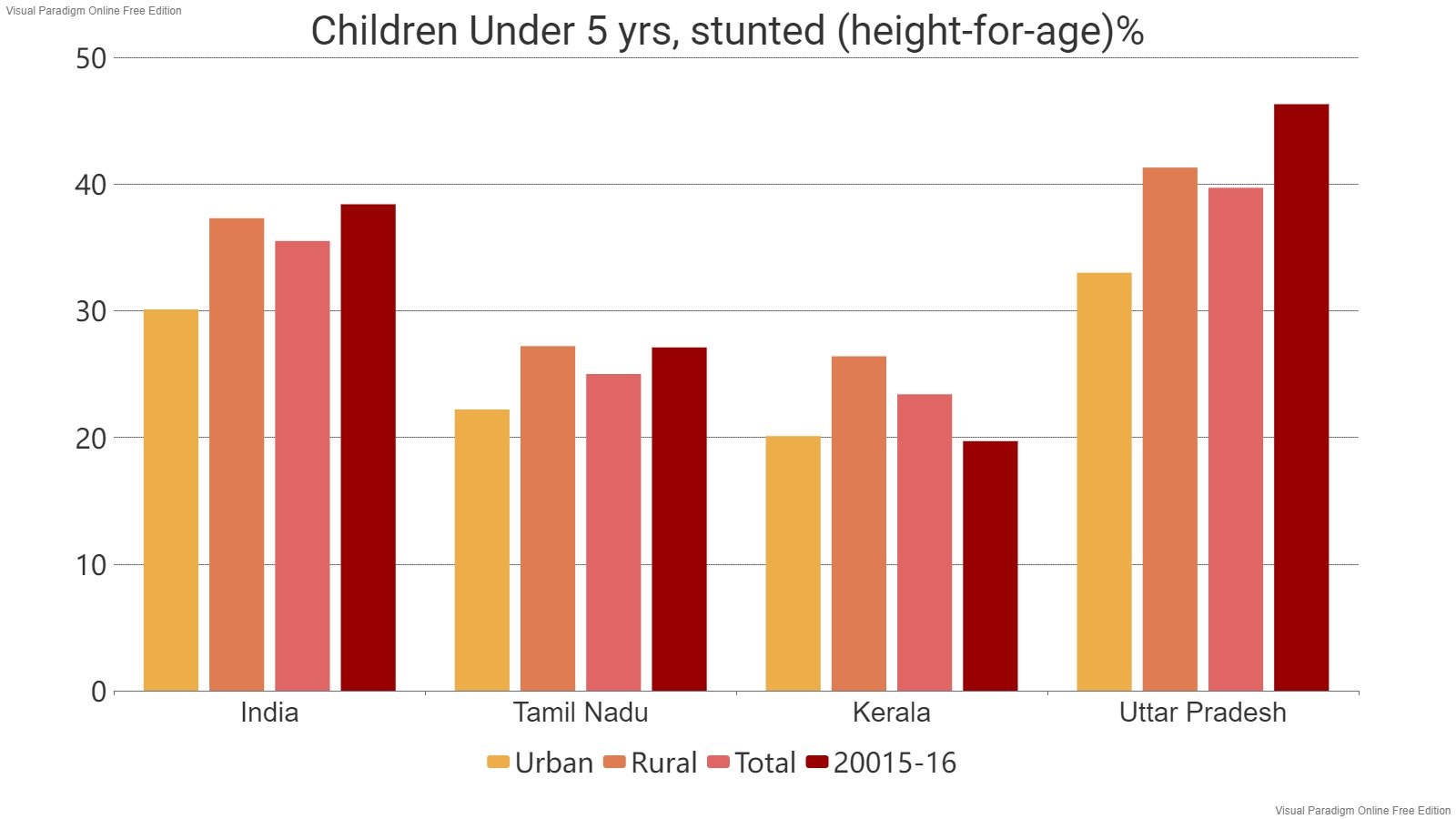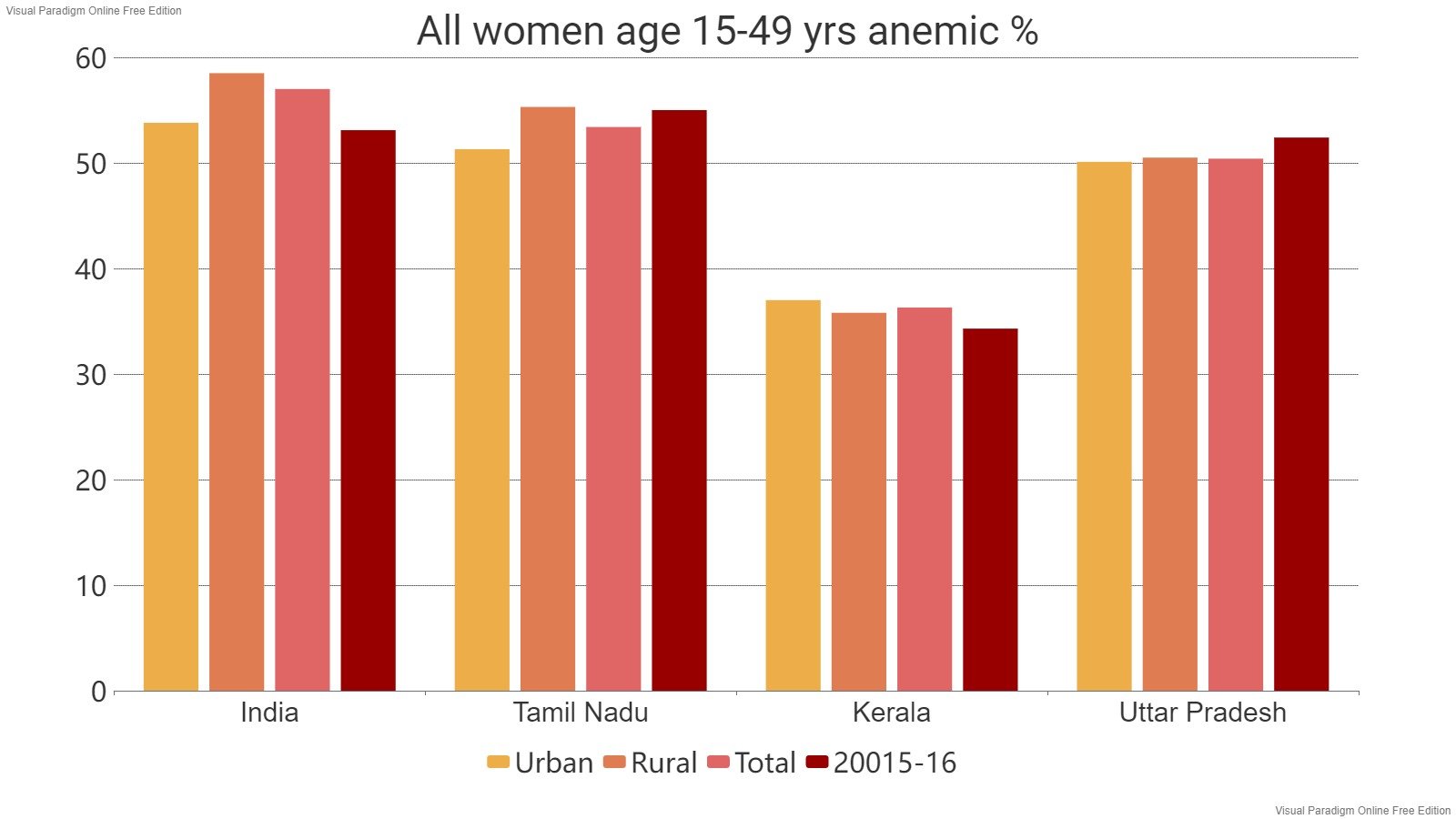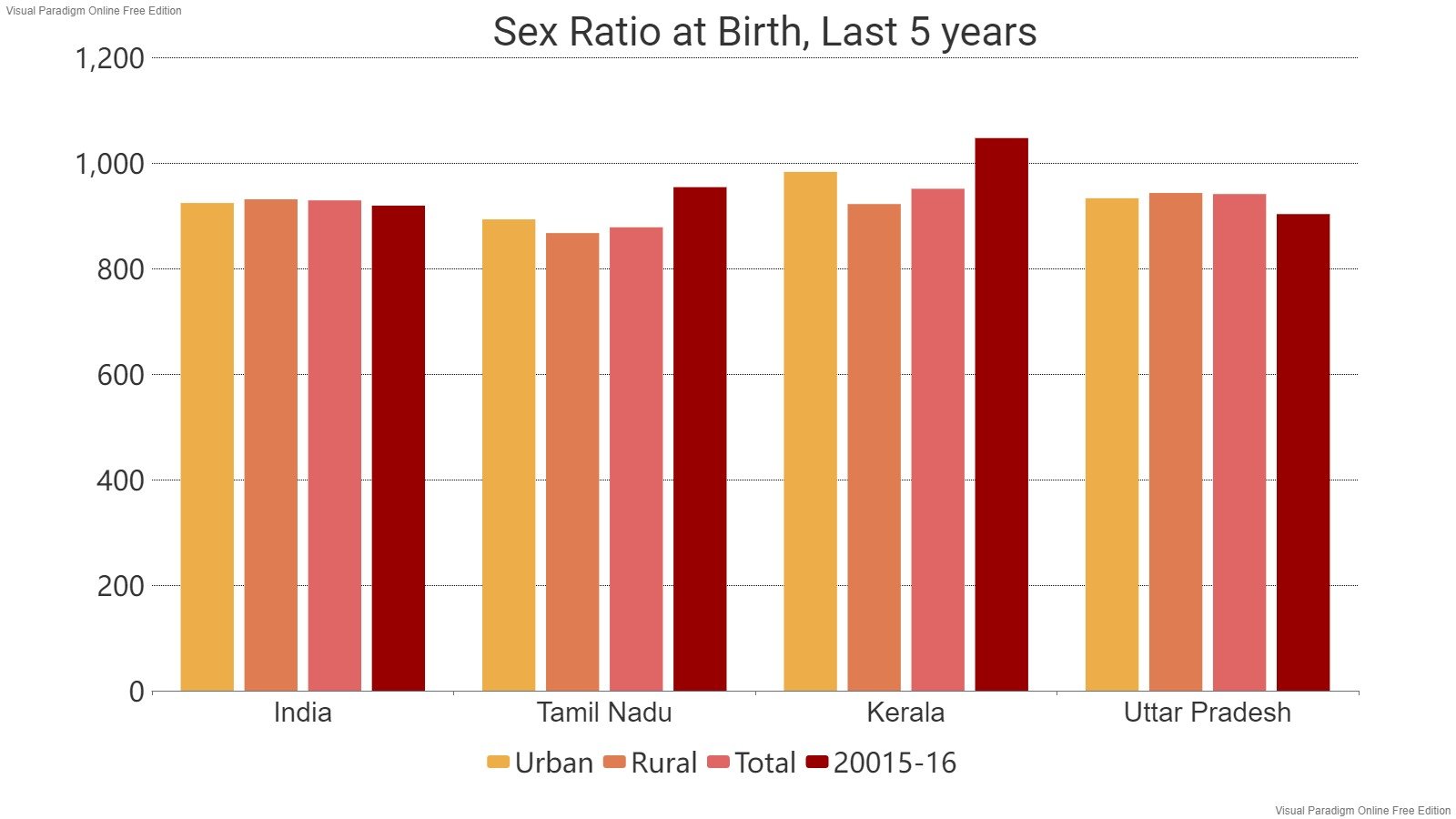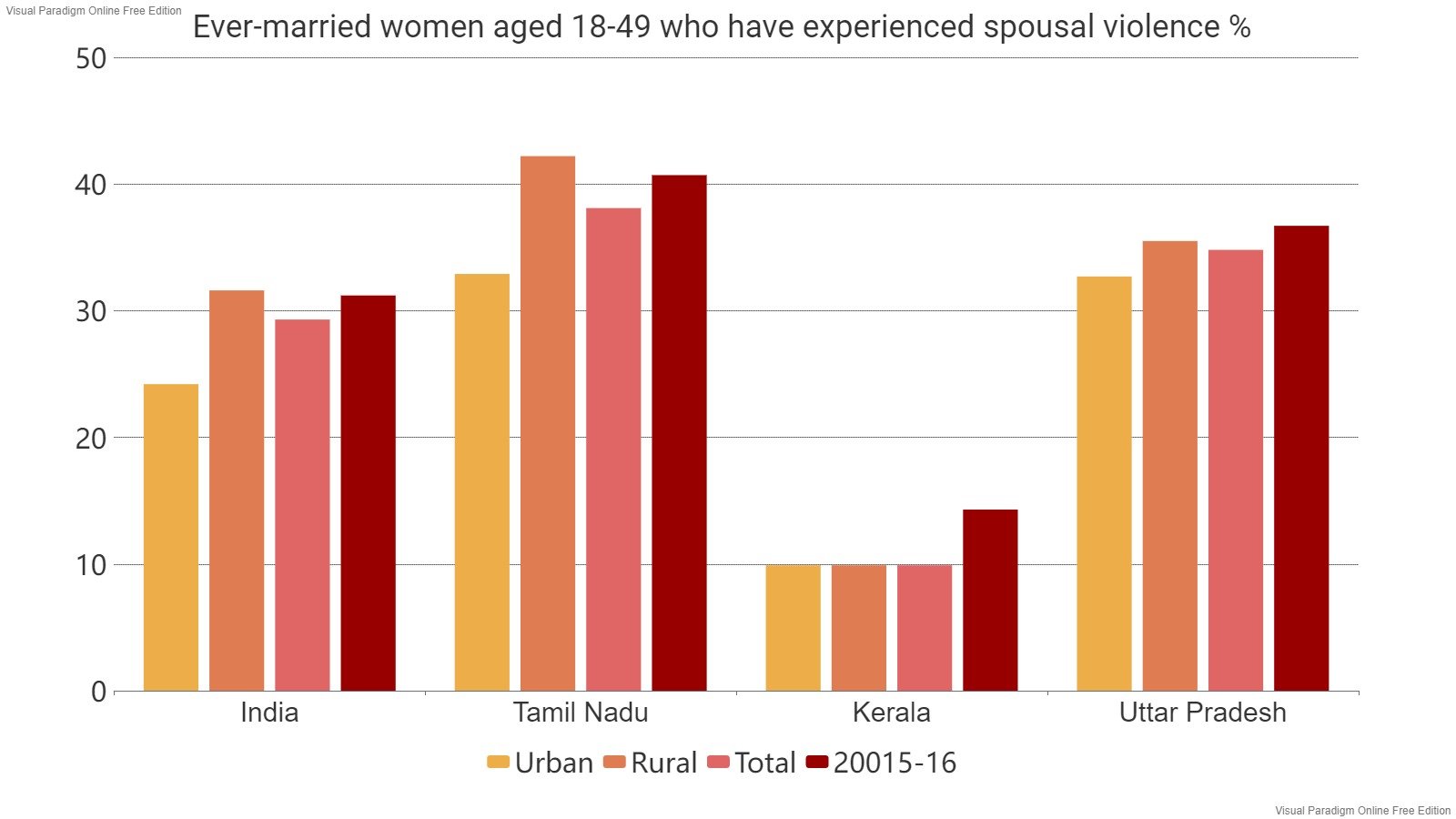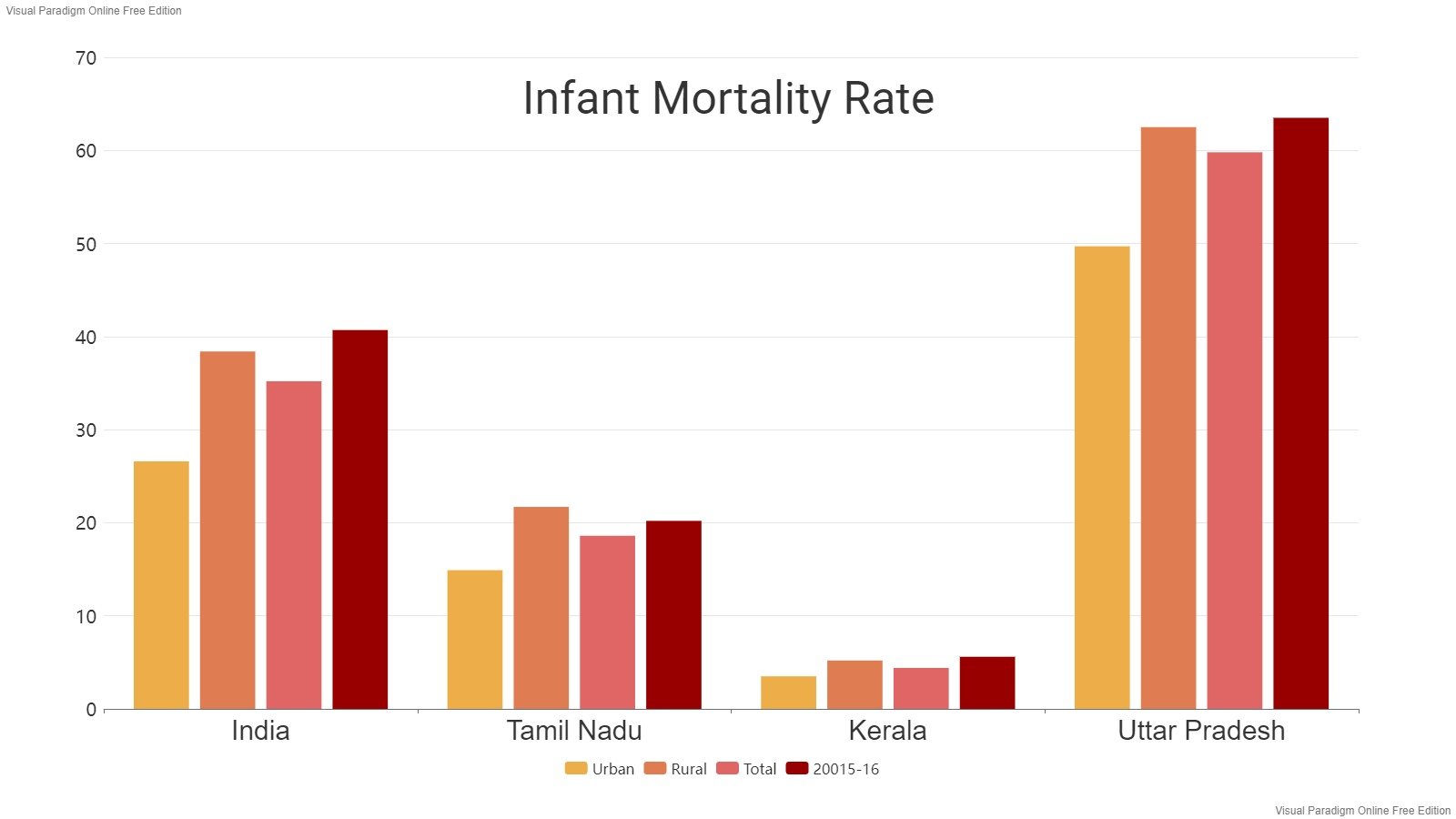Read in : தமிழ்
Actor M R Radha famously derided Tamil love of traditions by saying Tamils use steam to make steamed food (puttu) whereas in Europe they use steam to drive engines. But today our steamed foods are discovered to be quite modern and healthy.
Steaming comes under moist heat cooking (boiling, steaming, simmering, pressure cooking). Other types of cooking are dry heat cooking (shallow frying, deep fat frying, sautéing, toasting, roasting, grilling, baking), microwave cooking and solar cooking. Each method of cooking gives a unique taste to the food.
In steaming, the water on reaching its boiling point turns into steam/vapour and food is cooked in the steam. The foods that are steamed are fruits, vegetables, fish, chicken, crab, egg, dhal, idli, puttu, idiappam, kozhukattai/dumpling and noodles. Sometimes steaming is done for pre-processing and the steamed foods are further subjected to other dry heat or moist cooking. In our culture, the first supplementary feed for a baby begins with a steamed fruit/idli/fish. Steamed food is gentle and friendly foods.
To enhance the flavour and nutrients, steaming can be done in banana leaf. The steam when touches the leaf releases polyphenols which have anti-oxidant properties
Idli is a fermented steamed food which has a spongy texture and is preferred by all age groups as a breakfast food. Traditionally, idli is processed from rice and blackgram in the ratio 3:1/3:1.5/4:1 to attain a soft texture.
In recent years, millet idli is gaining attention due to its nutritional qualities. Grinding idli batter is time-consuming and requires a lot of effort for working population for whom either ready to cook idli batters or dry idli mixes are available in the market. The millets are nutritionally rich compared to rice and this nutritional quality is retained while steaming.
Also read:
Nayan wedding trail: Is jackfruit biryani healthier?
Plant-based meat: Just a pricey lifestyle choice?
Researchers have proved that steaming helps to retain the nutrients in food unlike other cooking methods. The process of fermentation helps in the growth of many beneficial microorganisms that improve the aroma of fermented foods, give spongy texture and make them easily digestible. These microorganisms are called probiotics which help in body functions.
Similar probiotics are found in our digestive system and they are called as gut microflora. These beneficial gut microflora feed on oligosaccharides which are called as prebiotics. The probiotics feed on prebiotics to multiply.
In my PhD work under the supervision of Prathap Kumar Shetty, Department of Food Science and Technology at Pondicherry University, I identified the presence of such oligosaccharides in Idli. Steaming idli batter after proper fermentation helps to achieve the right health benefits. If freshly ground batter is used, then the characteristic aroma will not be there and unfermented idli cannot be soft and spongy, causing discomfort in digestion.
 Millet batter/flour can be added to idli batter and the portion of rice can be replaced which helps to increase the micronutrients and colour in idli. Millets are also used to make other steamed foods like puttu, idiappam, noodles which are later sautéed. In case of millet noodles, if the noodles are boiled, i.e, if water is in direct contact with millet noodles, leaching of nutrients takes place. Hence, steaming is a better option to help get noodles cooked without any nutrient loss and then stir-fried with vegetables.
Millet batter/flour can be added to idli batter and the portion of rice can be replaced which helps to increase the micronutrients and colour in idli. Millets are also used to make other steamed foods like puttu, idiappam, noodles which are later sautéed. In case of millet noodles, if the noodles are boiled, i.e, if water is in direct contact with millet noodles, leaching of nutrients takes place. Hence, steaming is a better option to help get noodles cooked without any nutrient loss and then stir-fried with vegetables.
In case of dumplings, the glossy and shining finish in the steamed food is due to the good moisture retained in the food because of the steam. This finish is highly attractive in dumplings and momos as well. Stuffing inside steamed foods is also an advantage as it gives juicy, crunchy texture making it nutritionally rich as well. In our traditional paalkozhukatti preparation, steaming of the extruded balls can help to achieve soft texture in the end product.
Steaming is a scientifically proven method. Studies published in the Journal of Nutrition and Food Science show steaming helps to retain the Vitamin C content in food. Journal of University of Zhejiang, Springer publication have results that say that steaming does not alter chlorophyll, soluble protein, soluble sugar, vitamin C, and glucosinolates that are present in green leaves. Steaming also helps to control extra oil intake and helps in preparing healthy meal. The texture and colour of vegetables are retained in the steaming process whereas boiling may make the vegetables into puree or gooey.
If an ingredient can be cooked by several methods, opt steaming to make your platter filled with healthy meal so that maximum nutrients can be retained in your food instead getting leached, denatured or lost
Cooking tips
- Though steaming is an age old practice, new techniques are available for ease of application. A beginner can easily try making steamed food with the recently available electric steam cooker without hurting one’s hands with steam. These techniques are timesaving as multiple foods can be cooked at the same time through compartmental cooking. Certain steam cookers also have provision for egg slots, so the eggs do not hit each other and damage is avoided.
- To improve the aroma of steamed food, certain herbs can be added to water which releases its characteristic aroma, making foods flavourful.
- To enhance the flavour and nutrients, steaming can be done in banana leaf. The steam when touches the leaf releases polyphenols which have anti-oxidant properties
- To improve taste in the steamed food, select the right choice of spices for garnishing. For example, idli can be coated with spicy dhal powder, curry leaf powder, grated coconut and so on.
- To improve colour and micronutrients of steamed food, adding juice of vegetables/fruit can help rather than adding synthetic food colours
If an ingredient can be cooked by several methods, opt steaming to make your platter filled with healthy meal so that maximum nutrients can be retained in your food instead getting leached, denatured or lost.
Read in : தமிழ்






